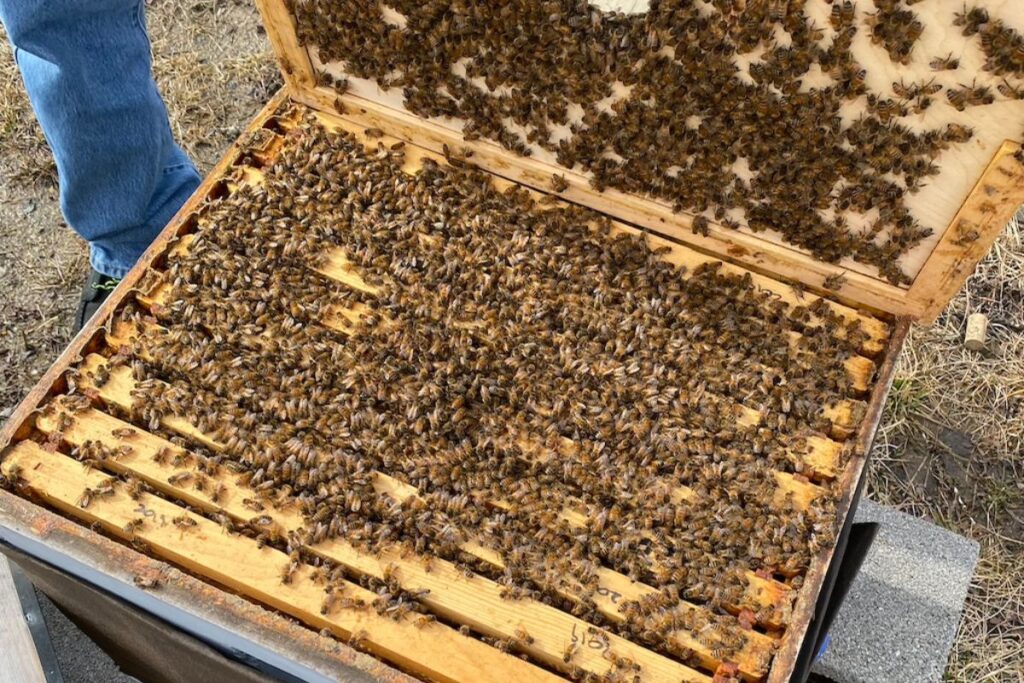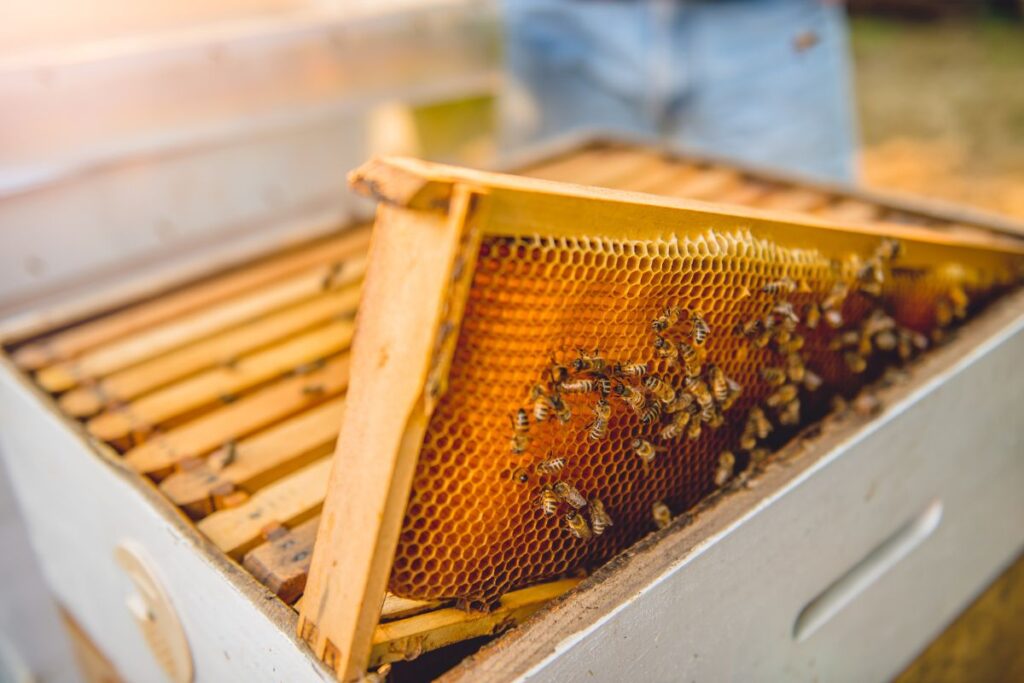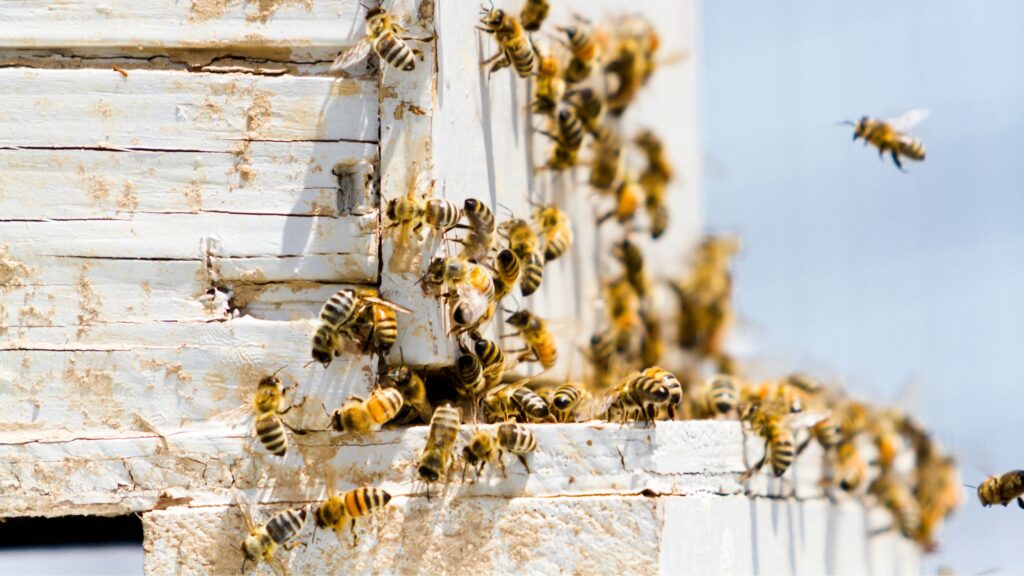Imagine the first warm day of spring, where the sun gently kisses the earth, awakening it from its slumber. Flowers begin to unfurl their petals, trees cautiously bud, and the air buzzes with newfound life. Among this renaissance of nature, beekeepers are gearing up for one of the most crucial events of the year: the first hive inspection of spring. It’s a moment filled with anticipation and excitement, akin to reuniting with old friends. This inspection is more than a routine check; it’s the first glimpse into the hidden world of your bees after a long winter. It’s here where the silent whispers of the hive reveal the tales of survival, resilience, and the promise of a fruitful season ahead.
For second-year beekeepers, especially those experiencing an over-wintered hive for the first time, this spring inspection is pivotal. It sets the tone for the upcoming beekeeping season. Let’s dive into what you should look for during this initial inspection, ensuring your hive is not just surviving but thriving.

1. Hive Strength and Population
The first indicator of a healthy hive is its strength and population. Upon opening the hive, you’re greeted with the collective warmth of the cluster, a living, breathing entity. But what does a strong, healthy cluster look like?
- Brood Pattern: The queen’s laying pattern is a tapestry of the hive’s health. A strong brood pattern is compact, with few missed cells. This indicates a vigorous queen. Spotting patches of capped brood amidst the frames signifies a thriving future generation.
- Population Density: A robust hive is bustling with bees, covering most frames. This density is crucial for maintaining warmth and indicates a healthy overwintering success.
- Worker Activity: Watch the workers’ behavior. Are they actively tending to brood, cleaning, and foraging? Vigorous activity is a positive sign, showcasing the hive’s readiness for spring’s demands.

2. Food Stores and Nutrition
After a long winter, food stores are the lifeblood of the hive, fueling its awakening. The inspection of food stores tells a story of survival and foresight.
- Honey and Pollen Reserves: Check the frames for remaining honey and pollen. Adequate stores are essential until nectar flow begins. Frames with capped honey and visible pollen pockets are golden tickets to a strong start.
- Feeding Needs: Assess if supplemental feeding is necessary. If stores are low, consider feeding sugar syrup or pollen patties. This boost can be crucial in preventing starvation and promoting early brood rearing.

3. Health and Hygiene
The silent enemies of bees, diseases, and pests, lurk in the shadows. Early detection and intervention can be the difference between a thriving hive and a struggling one.
- Pest Presence: Look for signs of Varroa mites, hive beetles, or wax moths. A small number of pests is expected, but a high presence requires immediate action.
- Disease Indicators: Keep an eye out for abnormal brood patterns or discoloration, which could indicate diseases like American Foulbrood or Nosema. Healthy brood should be uniform and pearly white.
- Hive Cleanliness: Bees are meticulous cleaners. A clean hive, free from excessive debris and dead bees, reflects a strong, healthy colony capable of managing its hygiene.
Ready for the Season
The first hive inspection of spring is a critical step in setting your beekeeping year up for success. It’s about rolling up your sleeves, getting back into the rhythm of beekeeping, and ensuring your bees are healthy, your queen is productive, and your hive is ready for the bounty of spring and summer.
Join Our Community
The journey of a beekeeper is filled with learning, growth, and the shared love for our buzzing companions. But the journey is sweeter when traveled together. If this peek into the hive has sparked your curiosity or cemented your passion, we invite you to join our community.
Subscribe to our newsletter for more insights, tips, and stories from the hive. Let’s embark on this beekeeping adventure together, sharing successes, learning from challenges, and celebrating the sweet rewards of our labor. Welcome to the family, where every beekeeper, novice or seasoned, finds a home.
Subscribe now and be part of a community that buzzes with excitement, knowledge, and a shared love for beekeeping. Your next adventure awaits!


